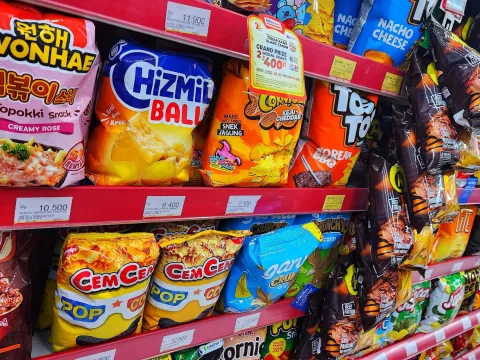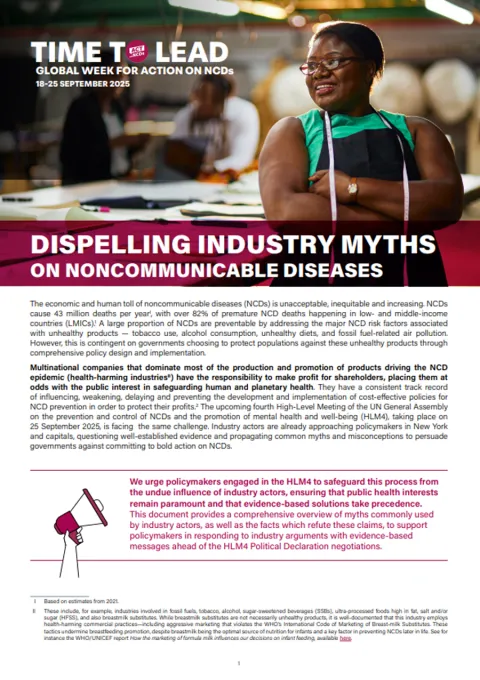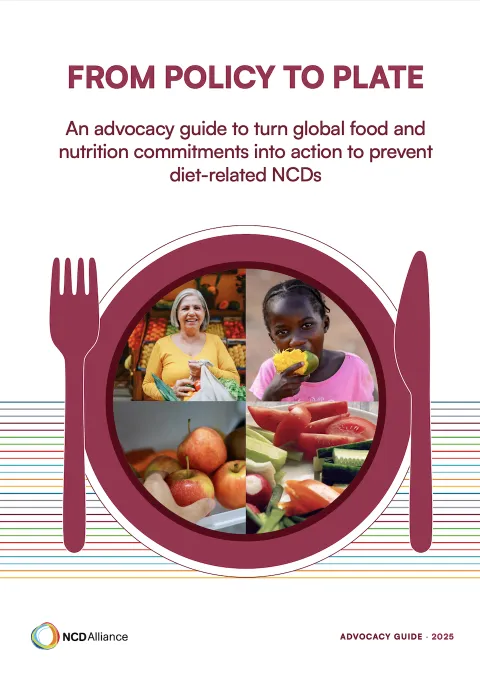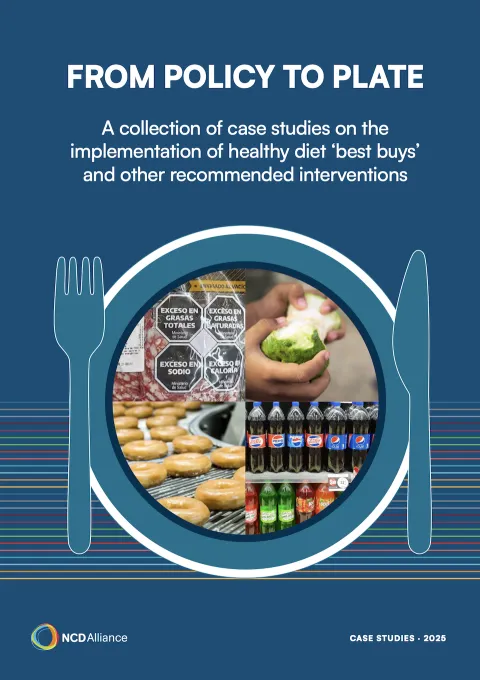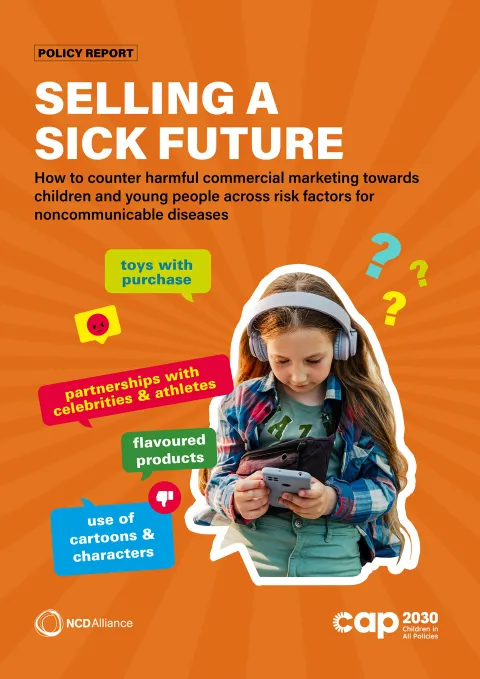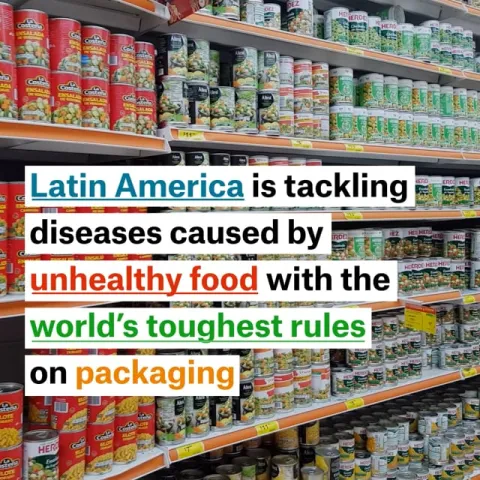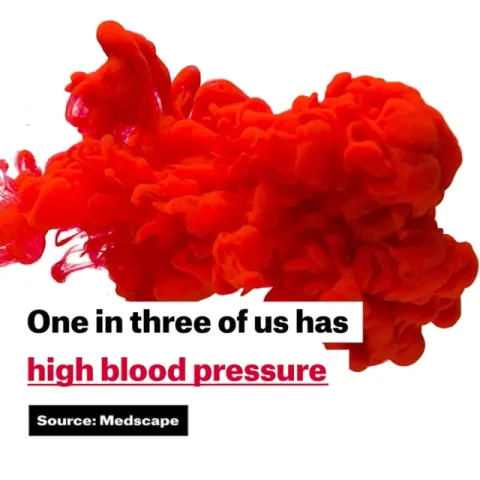There's a silent killer in your food. Trans fats.

Trans fats are a major contributor to cardiovascular disease and stroke worldwide.
It's estimated that the global elimination of industrial trans-fat will save an estimated 17.5 million lives over the next 25 years and prevent avoidable suffering.
Trans-fats kill
It is no exaggeration to say that trans-fats kill. Industrially-produced trans fatty acids (iTFA), often appearing on food labels as partially hydrogenated oil, contribute significantly to elevating the risk of cardiovascular disease, which is the world’s leading cause of death and is estimated to take nearly 18 million lives every year. Not only that, but high consumption of trans-fat increases the chances of dying from any cause by 34%. While no amount of trans-fat is considered safe, the World Health Organization recommends that total intake does not exceed 1% of energy intake, which is less than 2.2g per day for a 2,000-calorie diet.
Trans-fats have no known nutritional benefits. They are naturally present in small amounts in dairy and red meat, but iTFA is produced by changing the chemistry of vegetable oils in a process known as hydrogenation. The food industry began replacing animal fats like butter and lard with iTFA to lower production costs and increase the shelf life of their products in the 1950s. However, this has been at the expense of our health.
Today there are healthier options available, like olive or soybean oil, that can replace iTFA without adding cost or changing flavour. Therefore, there is no reason to continue using this toxic ingredient.
Towards trans-fat elimination
Elimination of iTFA is an ambitious goal, but not an impossible one. According to the World Health Organisation (WHO), this is a cost-effective and feasible intervention: a so-called best buy.
For the purpose of providing countries with a roadmap for the transition towards the 2023 target for global elimination of iTFA, WHO launched the REPLACE program in 2018, the first global initiative intended to eliminate an NCD risk factor.
These are the two best practice policies recommended by WHO for national governments:
- A mandatory national limit of 2g of iTFA per 100g of total fat in all foods; and
- A mandatory national ban on the production or use of partially hydrogenated oil as an ingredient in all foods.
Implementing such a policy measure is relatively simple, as proven in several countries, whereas the benefits to public health are more than compelling. It is predicted that iTFA elimination could save 17 million lives worldwide by 2040, with the impact being larger in low- and middle- income countries (LMICs).
The iTFA burden sits upon deeply rooted inequalities, with up to 90% of deaths related to cardiovascular disease occurring in LMICs. Moreover, communities of lower socio-economic status in all countries tend to consume higher amounts of iTFA, most often due to barriers to healthier foods such as higher cost and less availability.
Uneven progress
The World Health Organisation has been monitoring progress since the launch of the REPLACE action framework. 2020 marked an important turning point, for a new indicator that keeps track of ITFA best-practice policies implemented around the world was established, as well as a certification scheme to recognize countries having achieved iTFA elimination. As a result, 27 countries have adopted best-practice iTFA regulations in the past two years alone.
Therefore, as of January 2022, mandatory iTFA policies are currently in effect for 4.6 billion people in 58 countries; of these, 41 countries have best-practice policies in effect, covering 2.8 billion people (nearly 40% of the global population).
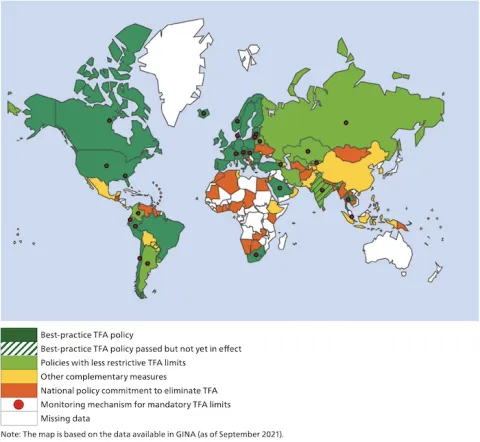
Most best practice policies have been adopted in high-income or upper-middle-income countries in Europe and the Americas. However, India sent a signal of hope to the international community by becoming the first LMIC to implement a best practice policy in January 2022. This means that an additional 1.4 billion people are now protected from iTFA, although most people living in LMICs are still at risk.
More LMICs are expected to continue along this path, with the Philippines expected to implement best practice regulations in January 2023.

